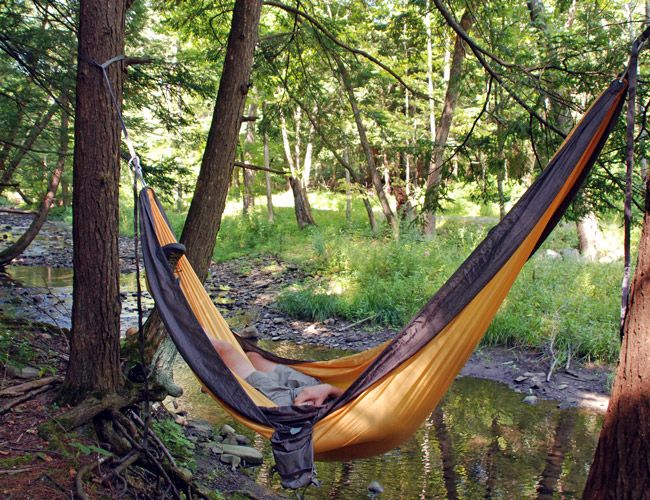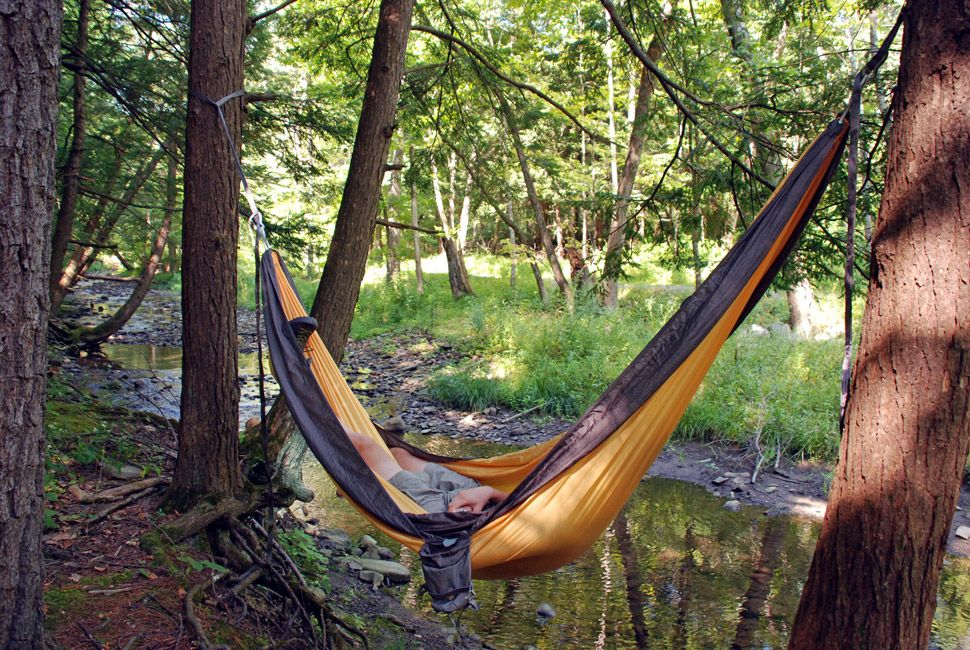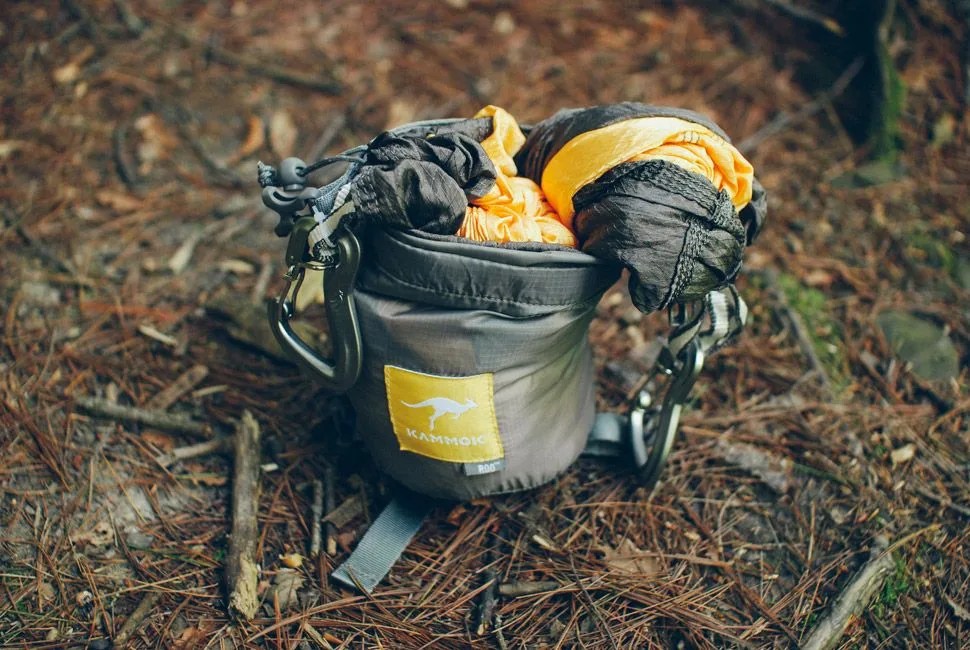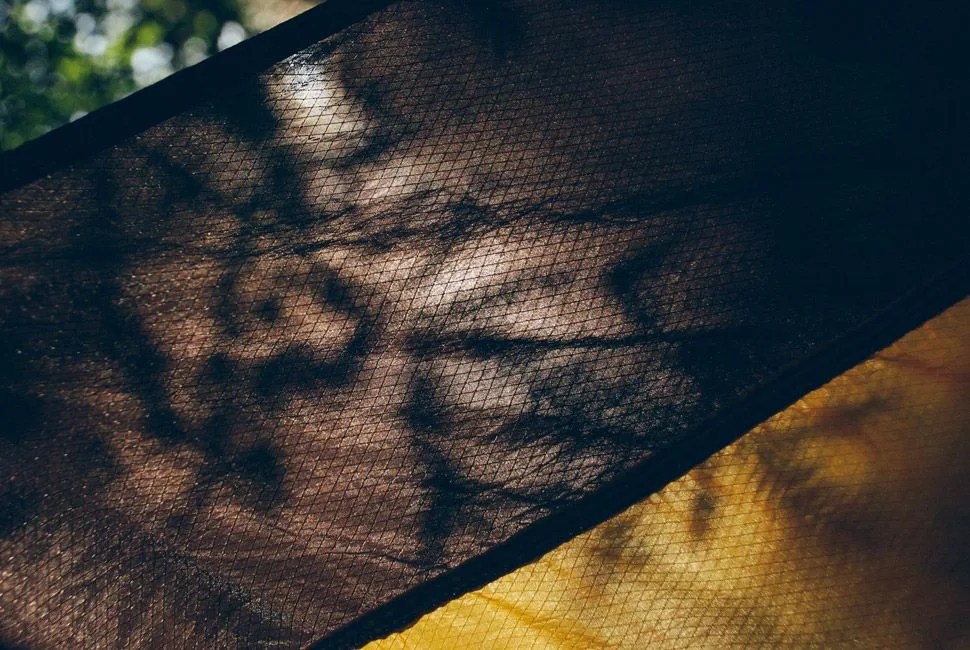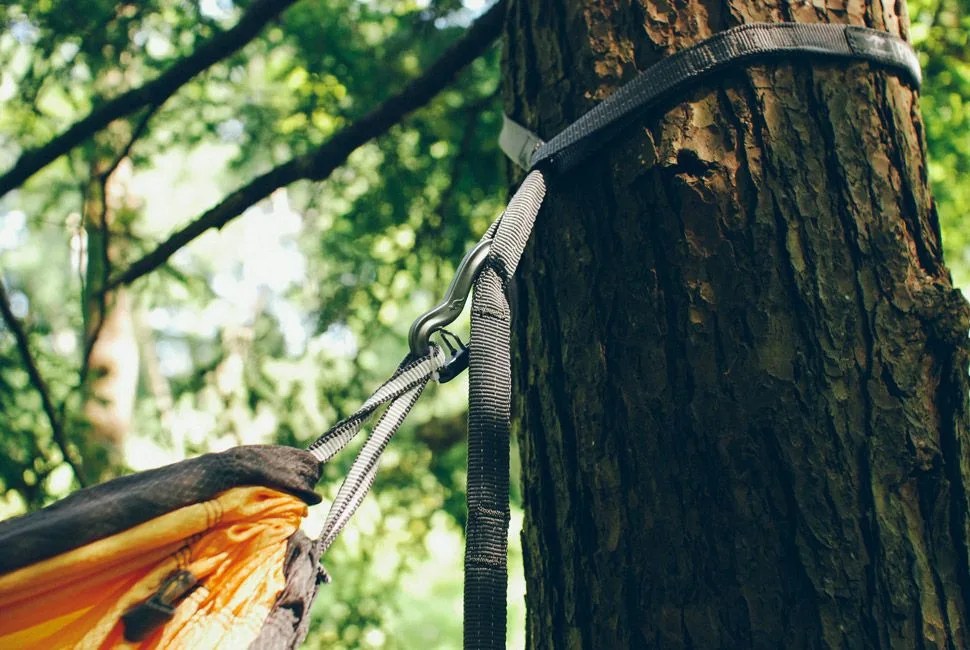6 photos
Hammocks are supposed to call to mind carefree days of swinging lazily in the shade of coconut trees, while gentle tropical breezes toss sea-green waves onto sugar-white sand beaches. Insert a rum drink — or, for spill-free enjoyment, a flask of rum — and your favorite Hemingway novel, and you get the idea. For this reviewer, hammocks recall big, wide, rigid rope-and-wood affairs that were common in the backyards of childhood, and far too tippy for the likes of a gangly kid who couldn’t quite control his limbs, which led to more than a few embarrassing involuntary dismounts.
MORE HANDS-ON REVIEWS: Bontrager Aura 5 Wheelset | Patagonia R1 Wetsuit | Sportcrafters Omnium Bicycle Trainer
But for many people hammocks serve the very same practical purpose that pre-Columbian Caribbean natives had in mind when they invented them: raising sleeping quarters up off the hard, uncomfortable ground and away from the creepy crawlies that bite, sting and transmit diseases (or simply gross them out). This is also what Kammok had in mind when it debuted in 2011, launching its centerpiece, the Roo ($99), via Kickstarter and hyping it as “the world’s best camping hammock”. I’m not sure if that’s true, but my own rigorous testing of the Roo revealed it to be the best I’ve ever used.
For beginners, the Roo is stupid simple to use. It’s basically a sling in a water-resistant roll-top stuff sack. To set it up, you (1) unclip, un-cinch and open the stuff sack, (2) unfurl the hammock fabric and (3) attach it to two load-bearing anchors with the carabiners at either end. It takes one minute, tops. Once it’s in the air, the soft material conforms to the shape of your body, which makes it stable and comfortable. At 67 inches wide, the Roo is roomy enough for two (very close) friends, and is more stable for solo usage than narrower single-person hammocks.
It’s important to note here that unless you’re prepared to hunt down perfectly spaced anchors every time, you really need to buy some not-included accessories, Kammok’s Python Straps ($29). The Python Straps are 10-foot-long daisy-chain suspension straps that each feature 18 attachment points for maximum flexibility. The straps allow you to hang the Roo between anchor points — trees, rocks, posts or whatever can hold you up — that are 20-plus feet apart. It seems kind of silly to not just include the straps and raise the retail price accordingly, but that seems to be the industry standard.
The whole package, including 12-ounce straps, weighs just north of two pounds and easily fits in the bottom of a daypack.
